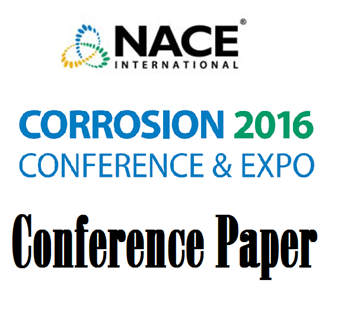Search
Integrity Assessment Case Studies of Time-Dependent Threats
Also Purchased
Coating Anomaly Detection with Integrated Indirect Inspection Tools
Product Number:
51319-12810-SG
Publication Date:
2019
$20.00
51316-7091-Improvement to Cathodic Protection Performance using DCVG Prioritization
Product Number:
51316-7091-SG
ISBN:
7091 2016 CP
Publication Date:
2016
$20.00
11128 Interpretation of Indirect Inspections Data in the ECDA Process
Product Number:
51300-11128-SG
ISBN:
2011 11128 CP
Publication Date:
2011
$20.00
Recently viewed




